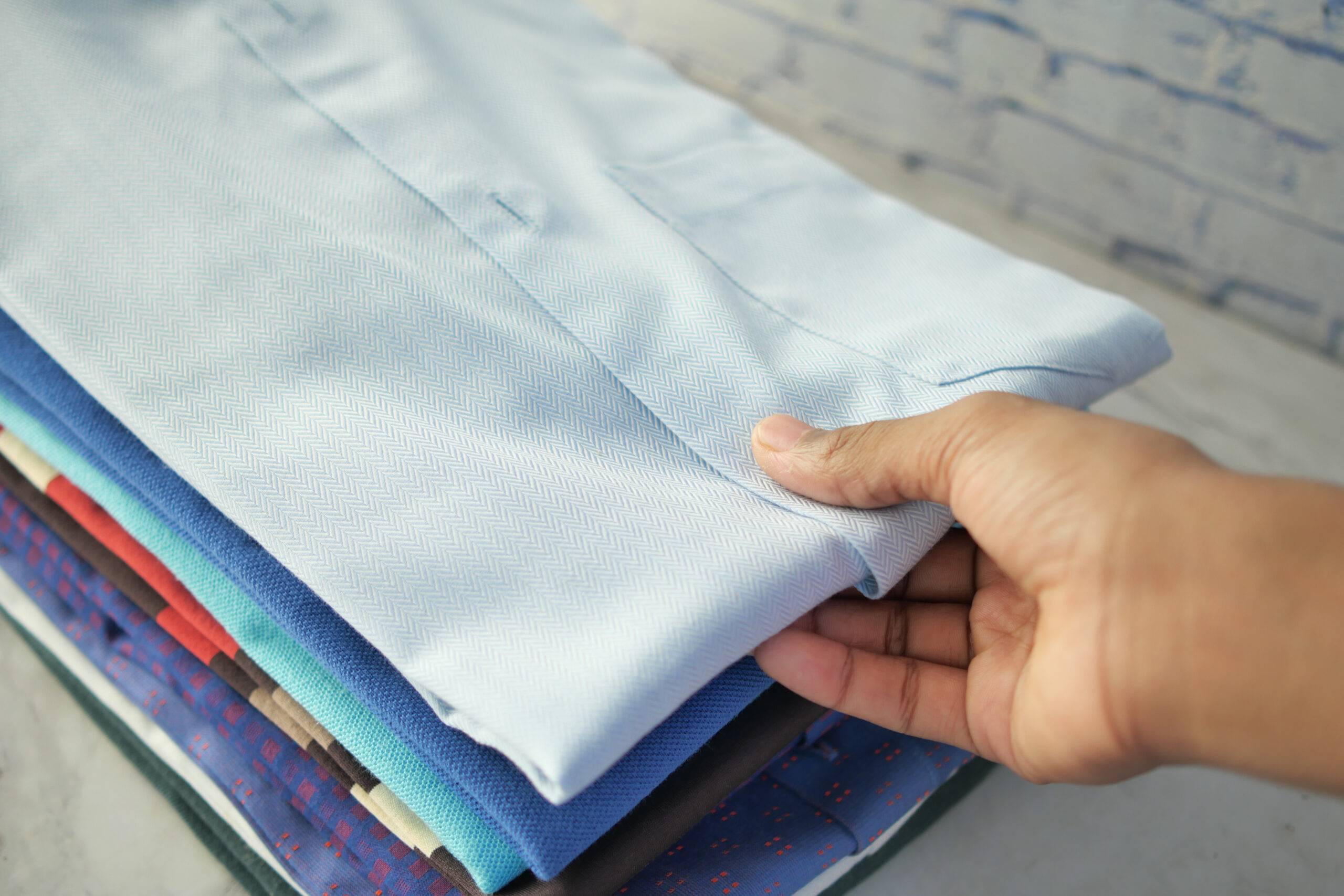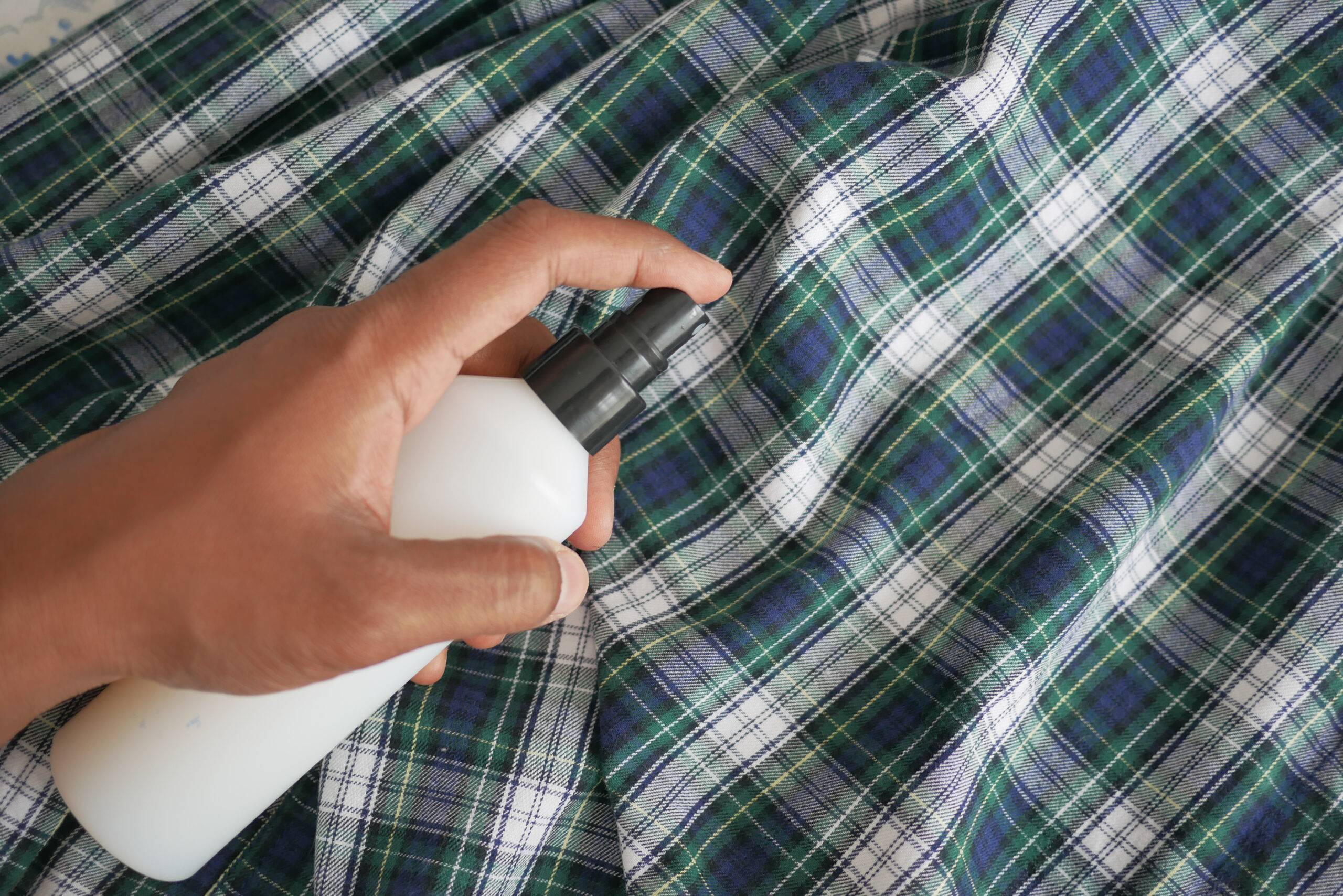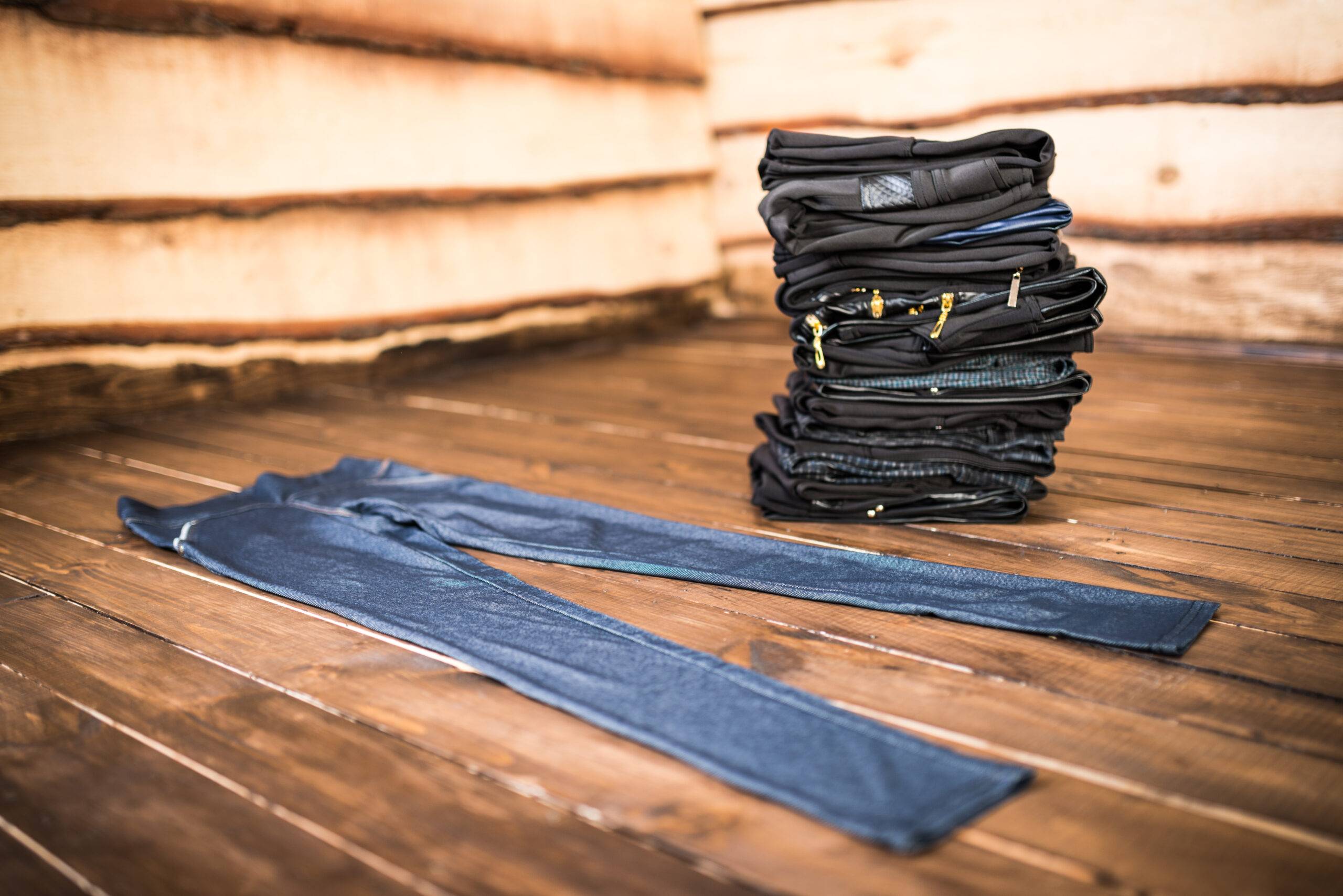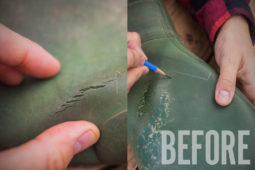Your Shirt Tag Says ‘Dry Clean Only’—Can You Still Wash It At Home?
That little “dry clean only” label on your shirt, jacket, or other pice of clothing can often feel like a warning. Suddenly you’re afraid of ruining something you love just by washing it at home. It begs the question, how strict is that “dry clean only” tag, and what’s the worst that could happen if you don’t listen to it? Here’s a full breakdown of whether or not those clothes actually need a dry cleaner or not.
Check the Fabric First
The type of fabric your piece is made of can tell you a lot. Items made from wool, silk, linen, or rayon might say “dry clean only,” but many of these can be washed (carefully) by hand. On the other hand, items like structured blazers, suits, or anything with lining or embellishments should stay out of your sink. Always check if the material seems particularly delicate, stiff, or fussy. If so, it’s better to play it safe.
Test for Color and Finish
Before doing anything, do a spot test. Dampen a clean white cloth and gently dab it on a hidden part of the shirt. If color comes off or the texture changes, that’s a sign the item may not be safe to wash at home, as some dyes or finishes used in dry-clean-only garments break down with water.
Use Cold Water and a Gentle Detergent
If the shirt passes the spot test and the fabric seems washable, fill a clean sink or basin with cold water, and add just a small amount of gentle detergent, ideally one made for delicates. Avoid hot water and strong detergents, as both can shrink fibers, strip color, or change the fabric’s shape, especially if used together. Gently swish the shirt in the water to clean it and let it soak for a few minutes. No scrubbing or twisting.
Handle with Care While Rinsing
After soaking, rinse the shirt in cold water until the detergent is gone. Be patient. Do not wring or twist the fabric. Instead, press the water out gently by laying the shirt flat on a clean towel, then rolling the towel to absorb the excess moisture. This keeps the shirt from getting stretched or misshapen during drying.
Dry It Flat
Air drying is the safest choice. Lay the shirt flat on a dry towel in its natural shape. Avoid hanging it, since water weight can pull the shirt down and stretch it out, and keep it away from direct sunlight as that can cause fading. Give it plenty of time to dry completely. Ironing or steaming can wait until it’s fully dry and cool to the touch.
Watch for Changes in Shape or Feel
Even if you follow every step, some garments may still come out slightly different. Look for puckering, shrinking, or stiff spots after it’s done drying, as these signs mean the fabric may not respond well to being hand-washed again in the future. If your shirt handled the process well, you can likely continue to clean it this way. If not, it’s worth following the tag from now on.
Know When to Leave It to the Pros
Some items just aren’t worth the gamble. If your piece is very expensive, sentimental, or made from a tricky blend of materials, it’s best to just let the dry cleaner take care of it. Home washing can work well, but it does carry risk. If you’re unsure, ask your dry cleaner for advice. Many are happy to help you understand what can or can’t be cleaned at home.
Related Articles
- Line Drying Vs. Machine Drying—Which Is Better For Your Clothes?
- Should You Wash New Clothes Before Wearing Them?
- The Laundry Rule Everyone Overlooks That Makes Drying Clothes Easier
A “dry clean only” label doesn’t always mean disaster if you wash it yourself, but it does mean you need to be careful. Some fabrics are more forgiving than others, and how you handle the washing matters just as much as the water itself. When in doubt, start small and gentle, and if you’re ever uncertain, keeping that tag’s advice in mind might save your shirt in the long run.
















